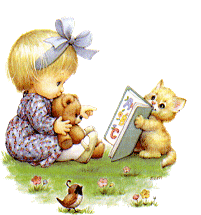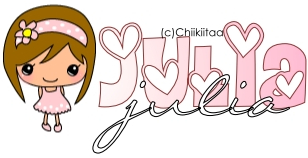
~ By Jeffery Rudell, contributor on www.craftstylish.com ~
Materials:
1) White, translucent paper. I used a USA Silkscreen, machine-made vellum with white pattern paper stock. Style number: 5000, sheet size: 22" x 30 ", price: $6.00/sheet. Available at New York Central Art Supply (62 Third Avenue @ 11th Street, New York, NY 10003, 212-473-7705 OR view the product on its website.)
2) Floral wire (The gauge is dependent on the size and weight of the flowers you decide to make. The wire should be pliable enough to give you a graceful bend but should then hold its shape.)
3) Green floral tape for wrapping the floral wire. These tapes often come in light and dark green shades. I chose a light green to help give the bouquet the fresh, bright, springlike look of new growth.
4) A 3" circle template (I used a simple juice glass as my template.)
5) A pair of scissors and a craft or X-Acto knife
6) A pair of small needle-nose pliers
7) High-quality paper adhesive (I recommend Lineco Neutral pH Adhesive [$7.95 for an 8-oz. bottle] because it dries fast and clear and it is water soluble.)
How to make the blossoms:
Begin with a 3" circle of paper. You'll need one disk of paper for each blossom. Given the relatively small size of each of these flowers, I recommend making at least two dozen blossoms in order to have a spray of flowers substantial enough to fill a vase. Luckily, the vellum paper is quite thin, so it's possible to cut three or four disks at once.
 Begin by folding the circle of paper in half, then again, into quarters, and one final time, into eighths. Firmly press all creases to ensure they are sharp and straight.
Begin by folding the circle of paper in half, then again, into quarters, and one final time, into eighths. Firmly press all creases to ensure they are sharp and straight. With your disk folded into a tight wedge, trim as indicated by the dotted line in the illustration to the left. Unfold the disk and lay it flat.
With your disk folded into a tight wedge, trim as indicated by the dotted line in the illustration to the left. Unfold the disk and lay it flat. Using a craft knife, trim as indicated, being careful to leave a small flap (A). Glue A to B using a paper glue that will dry clear. Hold until dry.
Using a craft knife, trim as indicated, being careful to leave a small flap (A). Glue A to B using a paper glue that will dry clear. Hold until dry. Once the glue has dried, re-bend all of the creases and pinch the tips of the petals as indicated by the dotted lines, to add shape and texture to the blossoms.
Once the glue has dried, re-bend all of the creases and pinch the tips of the petals as indicated by the dotted lines, to add shape and texture to the blossoms. Detail: Notice the way in which each petal is crimped. I left a few blossoms unpinched to give them the look of newly opened buds.
Detail: Notice the way in which each petal is crimped. I left a few blossoms unpinched to give them the look of newly opened buds.How to make and attach the flower stems:
(Note to readers: The next four images began life as a single, large image. In order to adapt this picture to fit the structure of the CraftStylish.com webpage, it was necessary for me to divide it into four distinct images. It is for this reason that the illustration of the flower stems that runs along the left-hand edge of these pictures appears to be cut into four segments. Please don't let this confuse you. The flower stems should be a single length of wire with a loop at one end. Thank you.)
 Begin with a piece of floral wire 10–16" long. Use the needle-nose pliers to form a small loop (approx. 1/4") in one end.
Begin with a piece of floral wire 10–16" long. Use the needle-nose pliers to form a small loop (approx. 1/4") in one end.
(Note to readers: The next four images began life as a single, large image. In order to adapt this picture to fit the structure of the CraftStylish.com webpage, it was necessary for me to divide it into four distinct images. It is for this reason that the illustration of the flower stems that runs along the left-hand edge of these pictures appears to be cut into four segments. Please don't let this confuse you. The flower stems should be a single length of wire with a loop at one end. Thank you.)
 Begin with a piece of floral wire 10–16" long. Use the needle-nose pliers to form a small loop (approx. 1/4") in one end.
Begin with a piece of floral wire 10–16" long. Use the needle-nose pliers to form a small loop (approx. 1/4") in one end.  Hold the blossom between the thumb and forefinger of one hand. Beginning at the base of the blossom, wrap the remainder of the wire with floral tape. This is best done by rotating the wire stem with one hand while holding the floral tape snugly in the other hand.
Hold the blossom between the thumb and forefinger of one hand. Beginning at the base of the blossom, wrap the remainder of the wire with floral tape. This is best done by rotating the wire stem with one hand while holding the floral tape snugly in the other hand. Attach two or more stems together by wrapping floral tape around multiple wires at once. To finish, bend the stems into graceful shapes before arranging them in a vase for display.
Attach two or more stems together by wrapping floral tape around multiple wires at once. To finish, bend the stems into graceful shapes before arranging them in a vase for display. 

























No comments:
Post a Comment